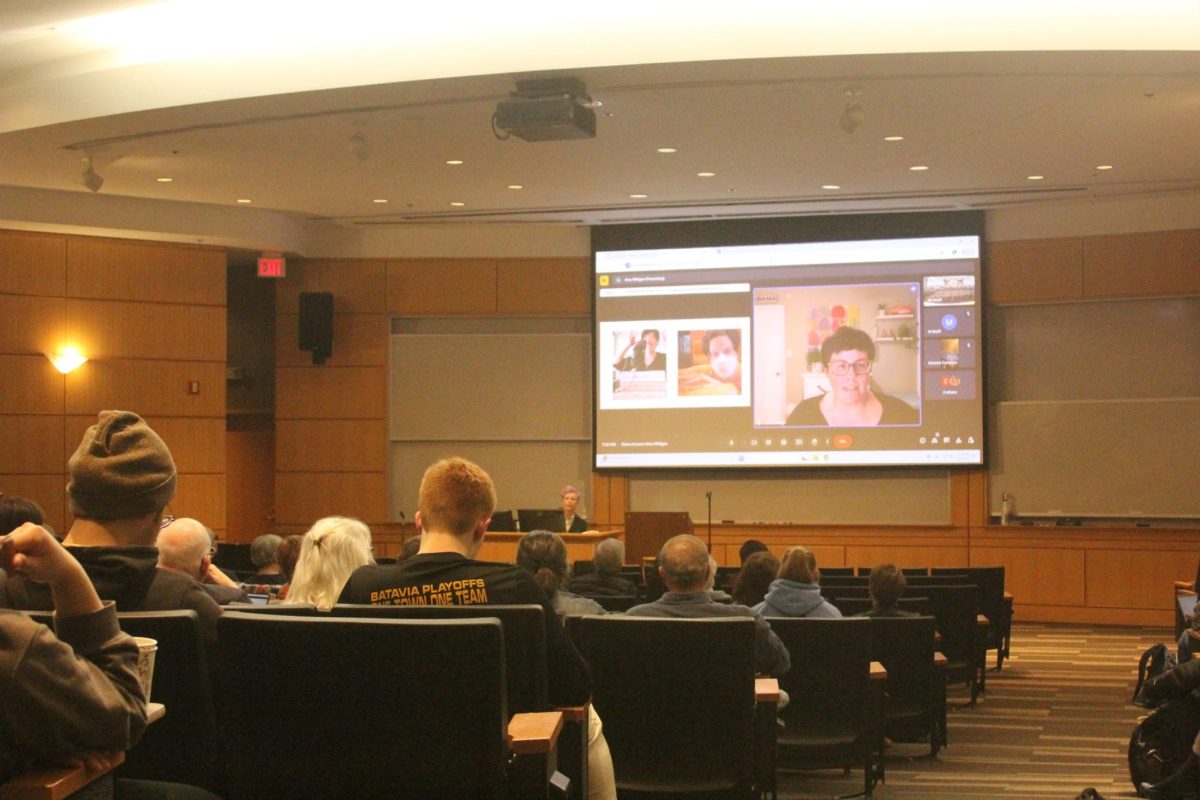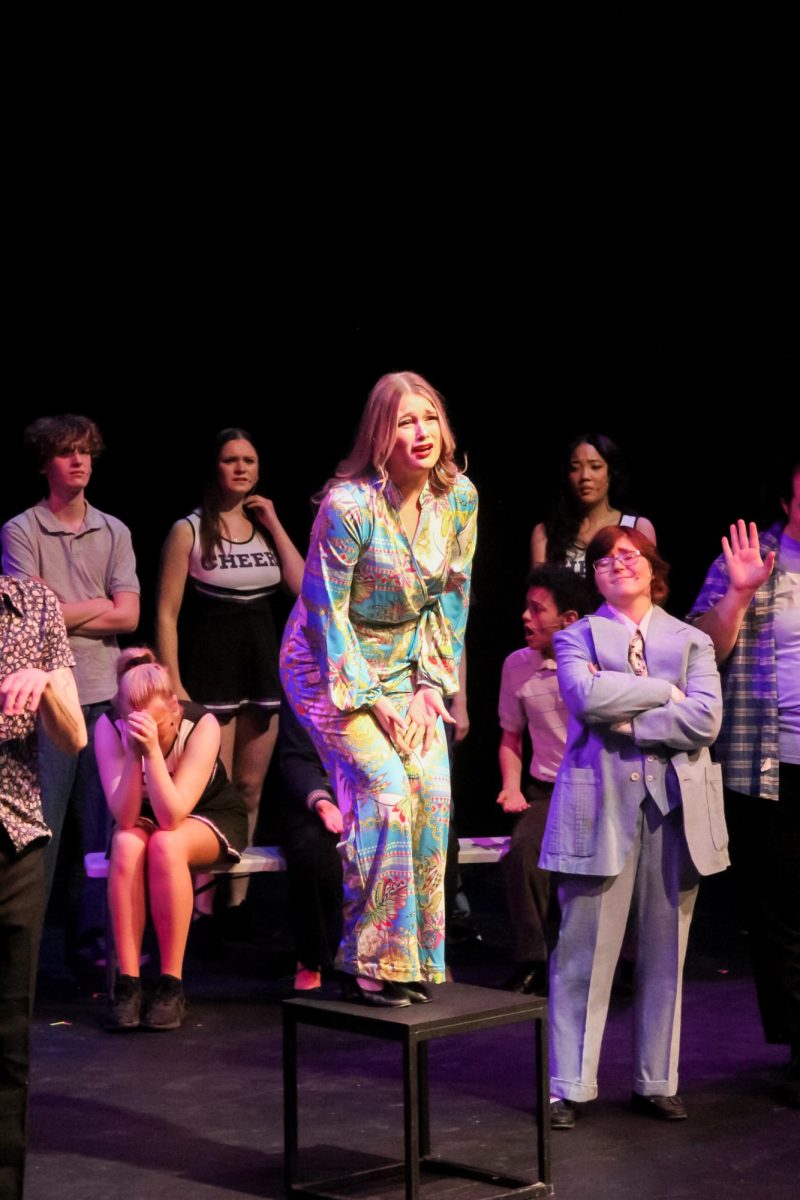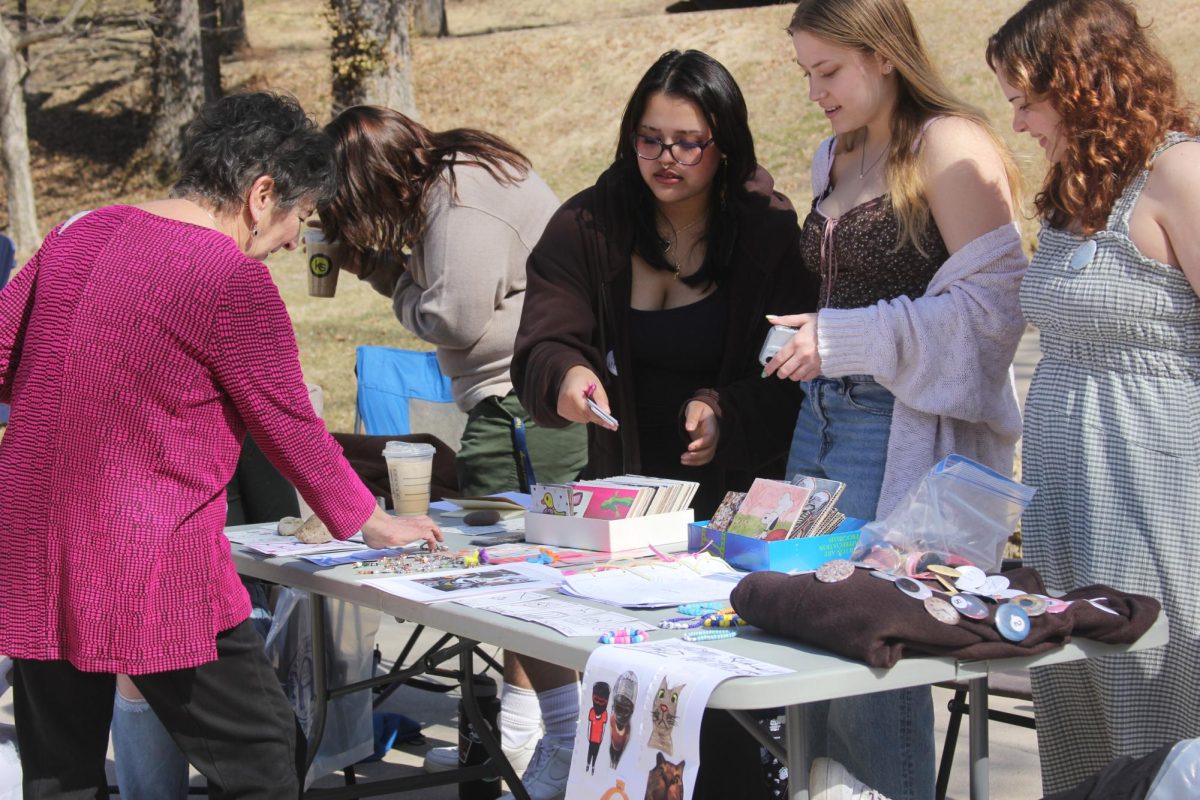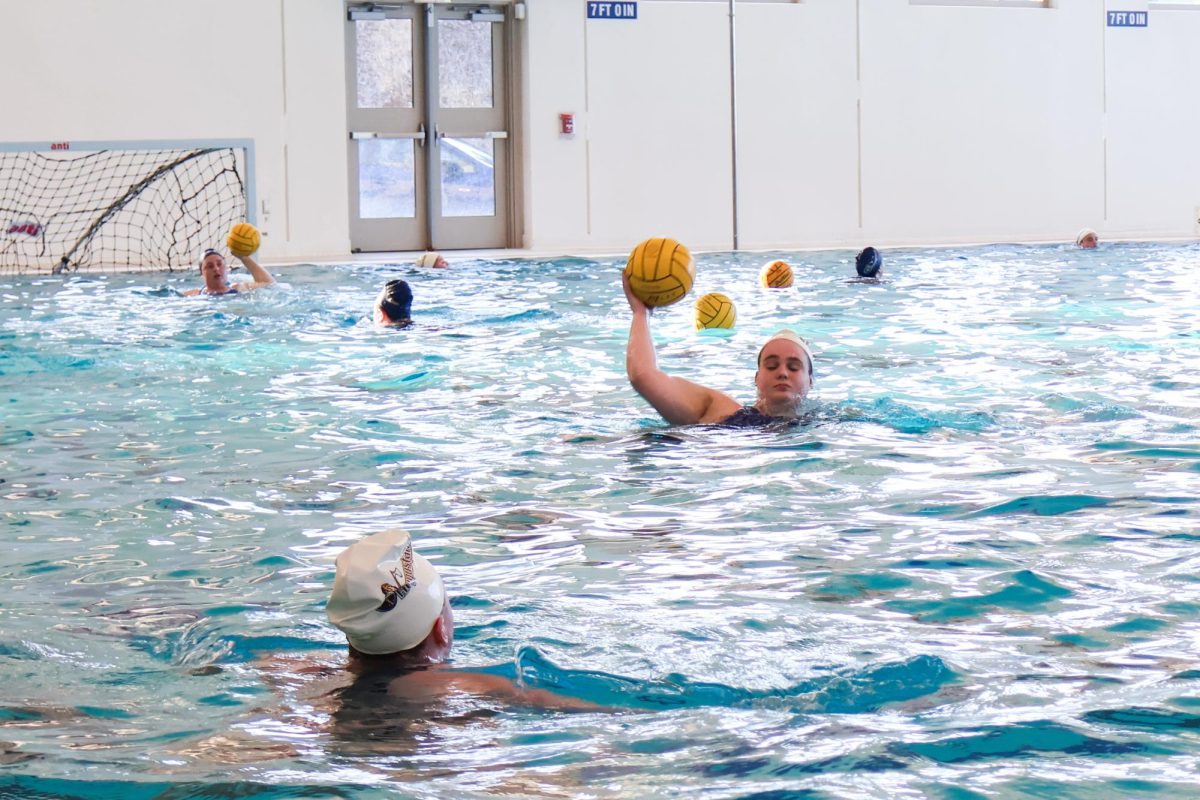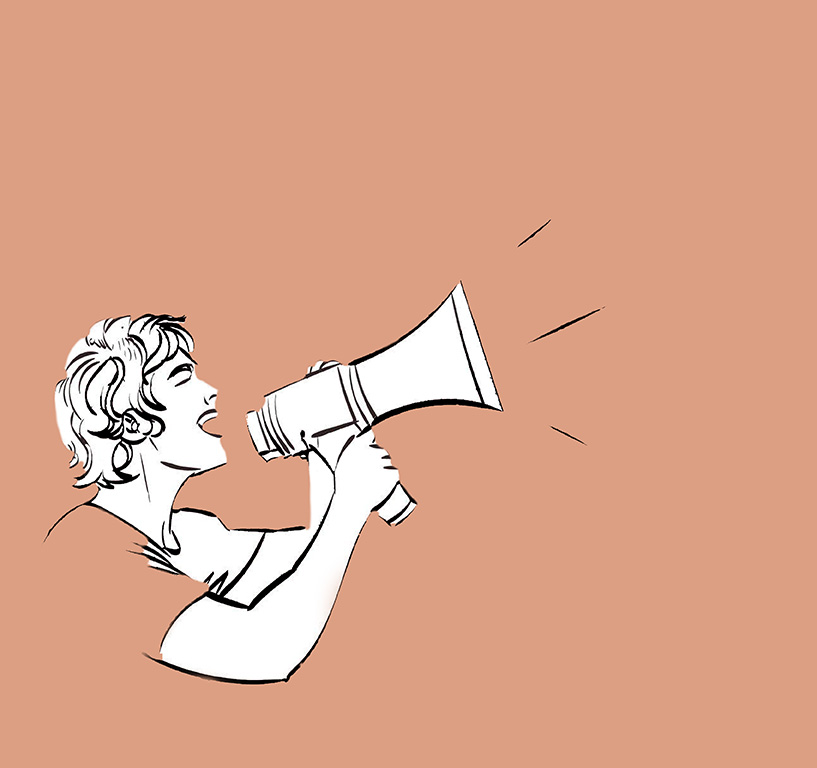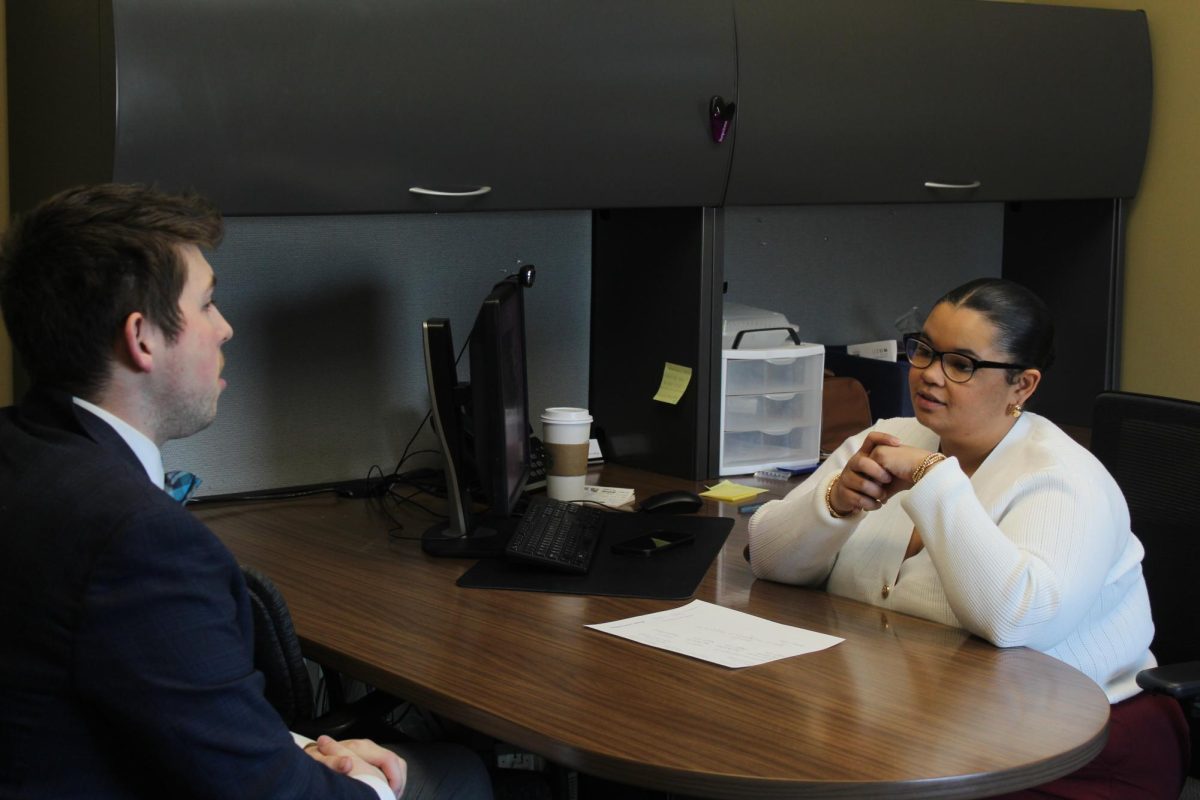Women’s rights are not a new, radical concept by any means. In fact, women have been battling for better treatment and more representation in the United States since 1776, when Abigail Adams wrote a plea to her husband, John Adams, telling him to “remember the ladies.”
Recently, however, women have been facing a backward slide in progress regarding women’s rights.
The induction of Vice President Kamala Harris marks an important moment for women, but the damage caused by the Trump administration has led to an overall downturn in rights. One way is the defunding and limited access to women’s healthcare clinics. According to a 2019 Washington Post article, Trump’s family planning “gag rule” was projected to cut $60 million from Planned Parenthoods Title IX funds.
The Trump administration was openly against abortions, and as a result, organizations like Planned Parenthood suffered major cuts in federal funding. But these organizations don’t just perform abortions, they offer many different general health services to women.
Besides abortions, Planned Parenthood also provides birth control, HIV and STD testing and treatments, pelvic exams, cancer screenings and other general health services.
Augustana College senior Sage Sanders is president of the Generation Action club at the college, which aims to educate students about reproductive freedom for women.
“The nearest Planned Parenthood is 45 minutes away in Iowa and almost over an hour in Illinois from this location,” Sanders said. “And it makes me sad because there have been a few women on campus that have reached out to me to help them look for places that will help them.
Another way the administration threatened women’s rights was by quickly replacing Supreme Court Justice Ruth Bader Ginsburg, a champion of women’s rights, with conservative Amy Coney Barrett, who has previously spoken out against topics like abortion.
“‘She was like, ‘I’m not gonna let my viewpoints change the way I do it,’ but then she would also make comments about how she would stick to the Constitution. And the Constitution was made for white men and not minorities, not people of color, not women,” Sanders said.
Just like the constitution only included white men, for a long time, the term “women’s rights” only applied to white women. However, the movement is beginning to adapt to encompass women of color and LGBTQ+ women. And it’s these groups, minority groups, that have always been disproportionately affected.
Jane Simonsen teaches women’s and gender studies programs at Augustana.
“I think we’ve taken a step backwards, I think we continue to diminish the ability of women of color, gay and lesbian people or trans people to have access to resources they need to be equal,” Simonsen said.
Immigrant women are also treated disproportionately in places like detention centers. On Feb. 22, 2019, a Honduran woman delivered a stillborn baby while at the Port Isabel Detention Center.
Injustices like these bring forth a lot of questions in regard to the treatment of immigrant women.
Umme Al-Wazedi teaches women’s and gender studies courses at Augustana and has the experience of being an immigrant woman in the United States.
“We need to ask the question, what were the circumstances surrounding her premature labor, number one. Was she given proper medical care? Did she suffer additional abuse because of her pregnancy? Because in the U.S., there has been a history of sterilizing immigrant women,” Al-Wazedi said.
This year signals one of the most tumultuous times in recent history. Hopefully, the United States as a whole can work to recover under the new Biden administration, but there is a lot of work to be done.
Women have been working for equal rights since the start of the nation, and an aggressive past administration isn’t going to stop them now.


